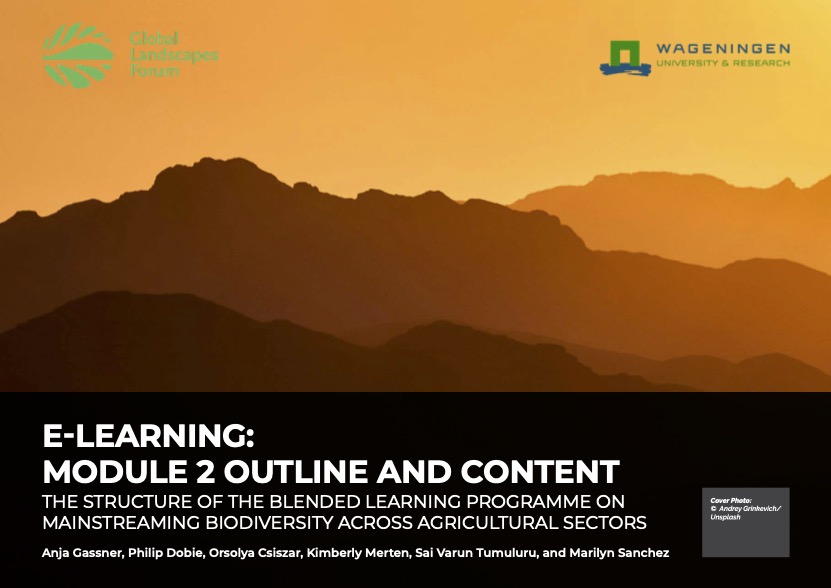The Amazon forest has been converted to a matrix of pristine and modified habitats. Landscape-scale biodiversity conservation requires an understanding of species' distributions over this matrix to guarantee both effective protection and use for present and future generations. In this study, we evaluated how much of the existing and future planned protected areas (PAs) would be contributing to the conservation of Brazilian Amazon mammals (N = 399), including threatened species (N = 51). Currently, almost 37% of Brazilian Amazon is protected and that may increase to 46% if planned PAs are implemented. In the current PA system, 22% are indigenous land and 11% are sustainable use units, e.g., production forests. Only one-fifth of the whole range of mammal species occurring in Brazilian Amazon is actually protected by Brazilian PAs. However, considering only the part of the ranges within the Brazilian Amazon, and therefore under the scope of Brazilian actions, Brazilian PAs assume an important role in the protection of 39% of mammal distribution ranges, particularly the threatened species (39%). These results suggest that an integrated network of protected areas among Amazon countries would be necessary to increase their efficiency in mammal conservation. The need for strengthening of the forest sector and good management practices in Brazil appears critical for the maintenance of large extents of forest and species conservation. Under such a scenario, the contribution of developed nations and international agencies must assume an important role for the maintenance and enlargement of the protected area network in Amazon region.
Download:
DOI:
https://doi.org/10.5751/ES-01832-110217
Skor altmetrik:
Jumlah Kutipan Dimensi:



















